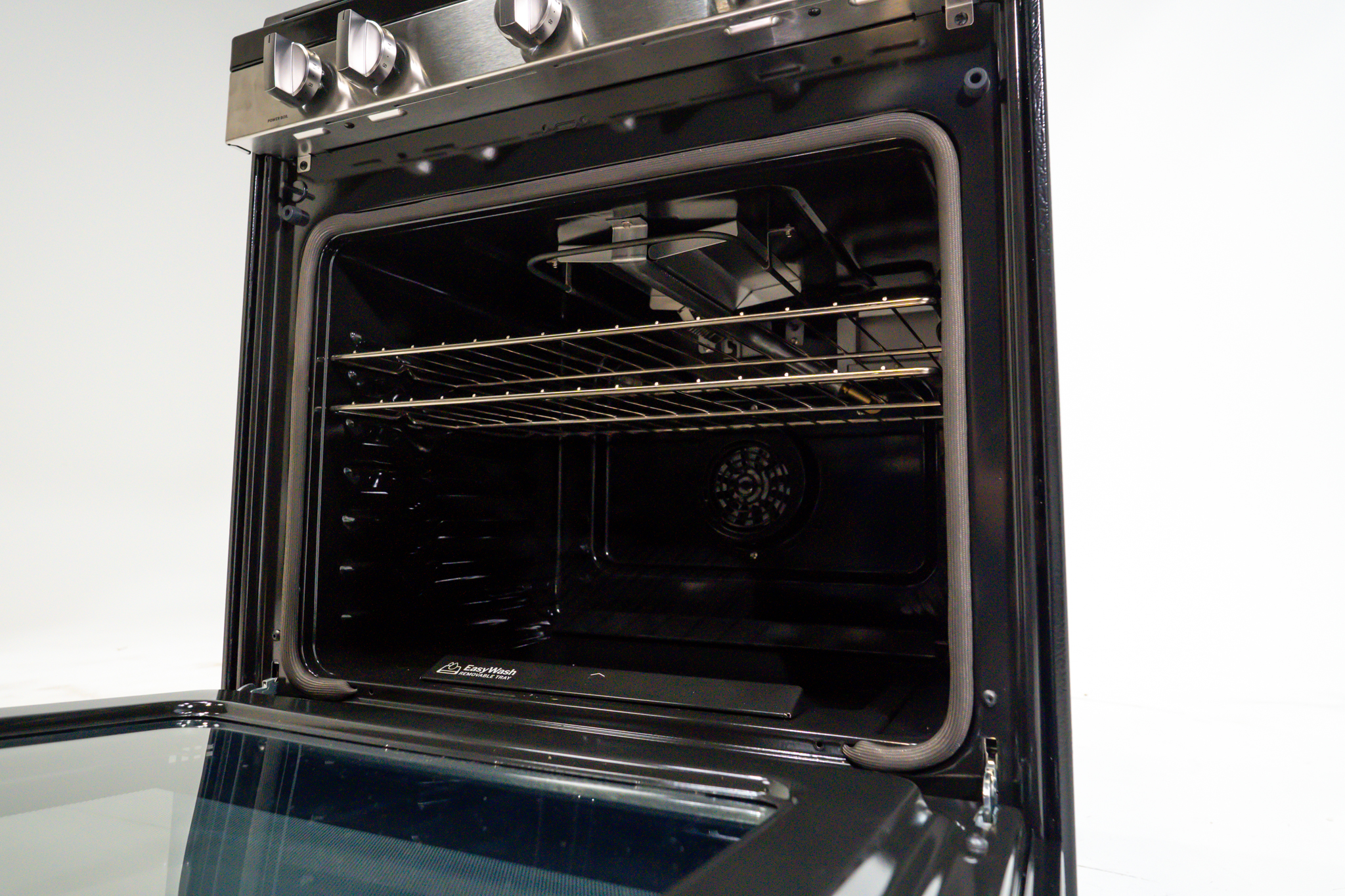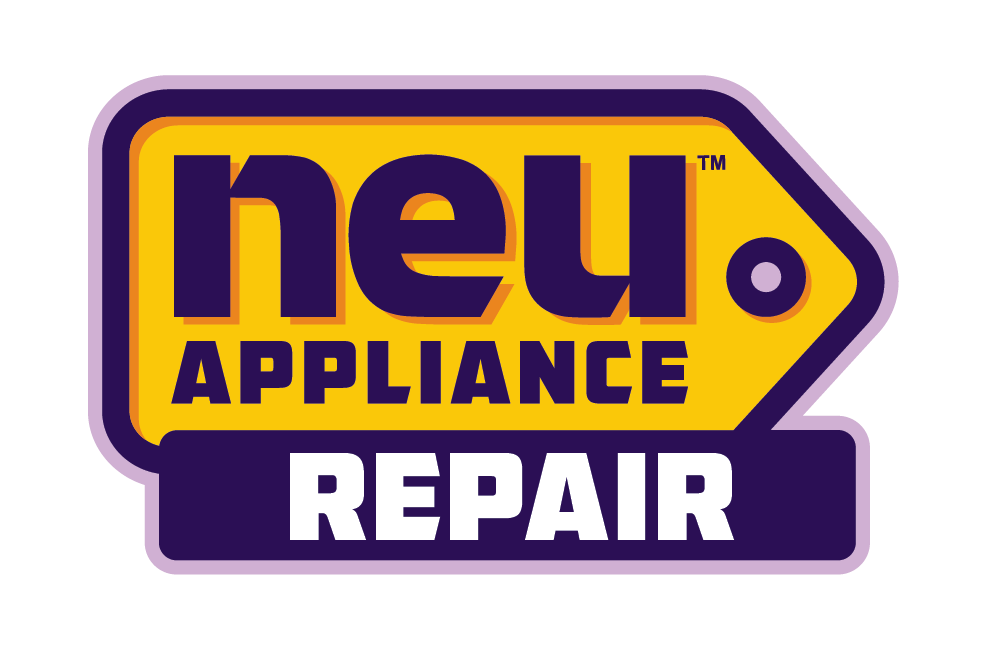What “True Convection” Actually Means
(And Why It Matters in Austin & Georgetown Kitchens)
How It Works Series | NEU Appliance Repair
If you’ve ever stood in front of a wall oven in an Austin or Georgetown home wondering why one model costs $800 more just because it says “True Convection” or “European Convection” – you’re not alone. Most people think it’s just a fan. It’s not.

The Real Difference: Regular Bake vs. Convection vs. True Convection
Regular Bake – Heat comes only from the bottom element (and a little from the hidden broil at the top). Hot air rises, cools around your food, and creates hot/cold spots. You rotate pans and still get uneven results.
Basic Convection – Adds a fan in the back wall. Better airflow, but the fan is just pushing air that was already heated by the bake element. Improvement? Yes. Perfect? No.
True Convection (European Convection) – Adds a third heating element that surrounds the fan itself. The air is heated before it hits your food, then forcefully circulated at a constant temperature. Result: perfectly even 360° heat, 20–30 % faster cook times, and restaurant-level browning at home.
Why True Convection Cooks Faster & More Evenly
Still air is a terrible conductor. Moving air transfers heat dramatically faster. When that moving air is actively heated by its own dedicated element, you eliminate cold pockets completely. A Thanksgiving turkey in a True Convection oven in Georgetown can finish 25–30 minutes sooner with juicier meat and crispier skin – no rotating required.
Foods That LOVE True Convection
- Roasts & whole poultry (even browning, juicy inside)
- Multiple trays of cookies or appetizers (all bake identically)
- Vegetables & potatoes (perfect caramelization)
- Pizza, bread, anything needing a crispy bottom
Foods You Should Never Cook on True Convection
- Custards, flan, cheesecake (fan creates skin & cracks)
- Soufflés & delicate cakes (uneven rising)
- Quick-cooking fish or thin foods (dries out)
- Anything where gentle, still heat is required
Pro Tip From Our Austin Techs
When using True Convection, drop the recipe temperature by 25 °F and start checking 10–15 minutes early. You’ll be amazed at the results.
Oven Not Heating Evenly in Austin or Georgetown?
Whether it’s a bad heating element, faulty convection fan, or something else — we fix it fast, same-day in most cases.
Give us a call at (512) 942-0767 to schedule your appointment.
We proudly serve Austin, Round Rock, Cedar Park, Leander, Georgetown, and Pflugerville.
Proudly serving Austin, Georgetown, Round Rock, Cedar Park, Leander, Pflugerville, and all surrounding Central Texas communities with honest, expert appliance repair.
